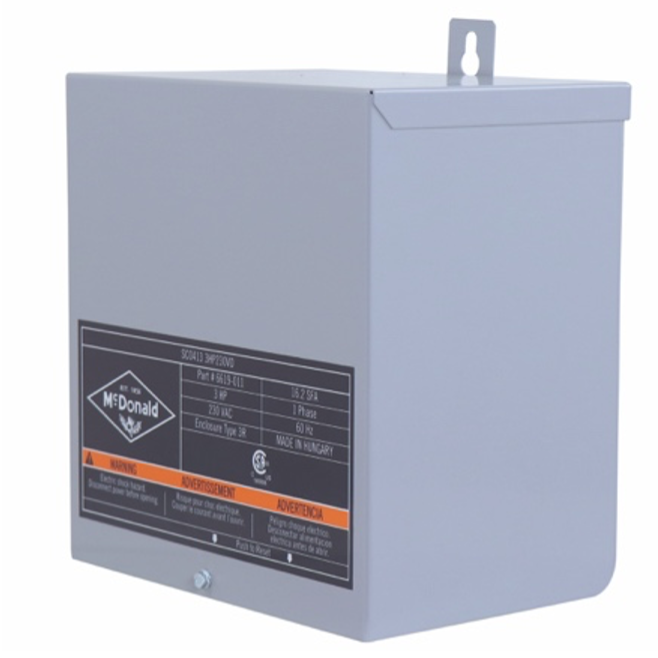Submersible Motor Control Boxes

The Power of Submersible Motor Control Boxes
Electrical current powers a submersible pump motor and contributes to its reliable, safe, and efficient operation. Electrical current also facilitates control and operation, ensures safety, and assists in maintenance and diagnostics. There are multiple components or methods that help start or create power for a submersible motor, which can be specific to the motor design, operational requirements, power source, environmental factors, and more.

Control boxes are necessary when using a three-wire motor due to the large amount of current needed to start the motor, as well as the lack of an internal capacitor in three-wire motors. Two-wire motors don’t need control boxes due to having the means to start the motor (capacitor, etc.) are built into the motor.
Each control box will have capacitors and, depending on the size and model of control box, it may also contain relays, magnetic contactors, resets, overloads, etc. Control boxes are typically sized for a single size motor that will be used. However, some control boxes are designed with multiple sizes of motors covered by one control box.
There are multiple types of control boxes, including the following:
- Capacitor Start (CS)
Capacitor Start control boxes (CS) use a single capacitor to enable the motor to start in the correct direction and uses a switch to cut out the start capacitor once the motor is started. The motor will continue to rotate in the correct direction afterwards. Because there is no run capacitor employed to improve the efficiency of the motor, this is usually only used for smaller motors, typically 1HP or below. - Capacitor Start/Capacitor Run (CSCR)
Capacitor Start/Capacitor Run control boxes (CSCR) use both a start capacitor and a run capacitor. The start capacitor enables the motor to rotate in the correct direction and, once the motor is started, a relay switches the auxiliary winding connection to ta run capacitor, which is optimized to improve the efficiency of the motor while it is running. CSCRs are usually used for 1 1/2HP or larger motors, although they can be used with smaller motors as well. - Variable Frequency Drive (VFD)
Variable frequency drives work by varying the voltage and frequency being sent to a motor based on inputs to the drive. In the case of submersible motors, the input is typically from a pressure sensor or pressure transducer. In constant pressure applications, there is typically a VFD controlling the pump and motor. In higher HP applications, a VFD can also provide savings by running the motor more efficiently.
A submersible motor control box plays a crucial role in maintaining the efficient and safe operation of submersible motors. By providing the necessary electrical controls and protection, it ensures the motor's performance and longevity while safeguarding against potential hazards. Learn more about submersible motor control boxes by calling our customer service department at 1-800-292-2737, filling out a contact us form, or by taking the A.Y. McDonald (AYU) course called ‘Submersible Motor Control Boxes’.

